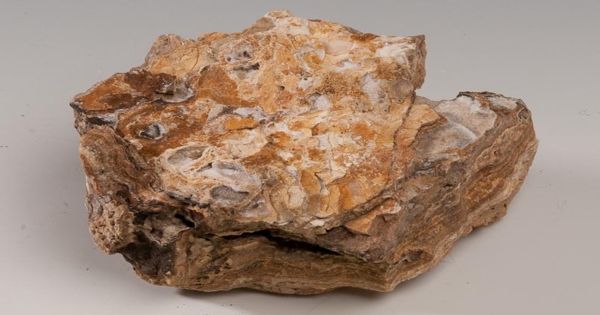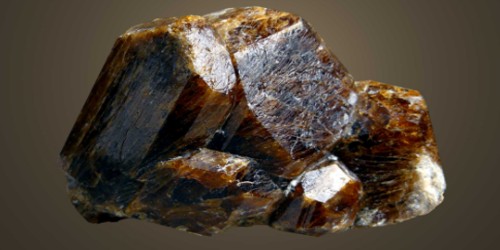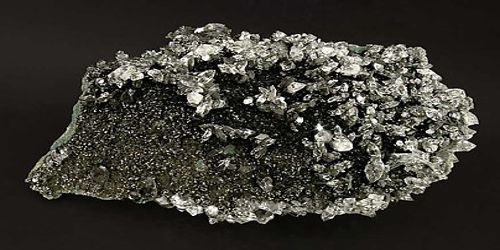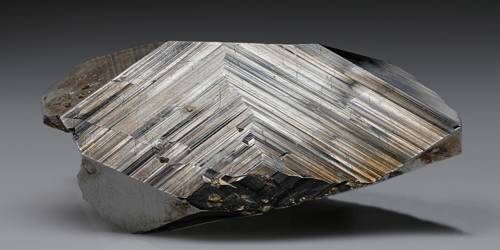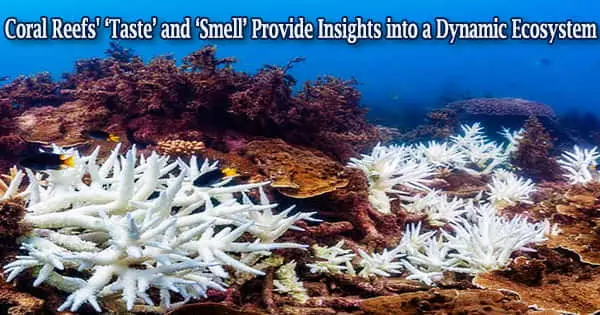Geyserite is a hard opaline siliceous deposit occurring around geysers and hot springs. It is a form of opaline silica that is often found around hot springs and geysers. It is a variety of opal that is deposited around some hot springs and geysers in white or grayish concretions. It is sometimes referred to as sinter. Botryoidal geyserite is known as fiorite.
Geyserite is the name given to siliceous or calcareous mineral deposits & in the vicinity of hot springs and geysers. Such mineral deposits are typically composed of opaline silica (SiO2·nH2O), but sometimes they are calcareous, resulting in a surficial travertine deposit (e.g., Mammoth Hot Springs, Wyoming).
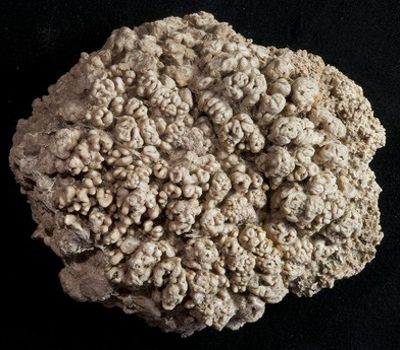
Properties
Geyserites are sinters affiliated with the highest temperature (~ 75–100°C), natural geothermal fluid emissions, comprising localized, lithologically distinctive, hydrothermal silica precipitates that develop around geysers, spouters, and spring-vents.
Siliceous geyserite is also known as siliceous sinter. It tends to be porous, lightweight, and somewhat friable. The hydrous silica forms by precipitation from the hot waters emerging from hot spring or geyser vents.
Occurrences
Geyserite is a mineral form of hydrated silica resembling opal, deposited from the waters of geysers and hot springs. In May 2017, evidence of the earliest known life on land may have been found in 3.48-billion-year-old geyserite uncovered in the Pilbara Craton of Western Australia.
Geyserite is an opaline sinter that is often found around hot springs and geysers. It is a variety of siliceous sinter deposited about the orifices of geysers and hot springs.
Information Source:
